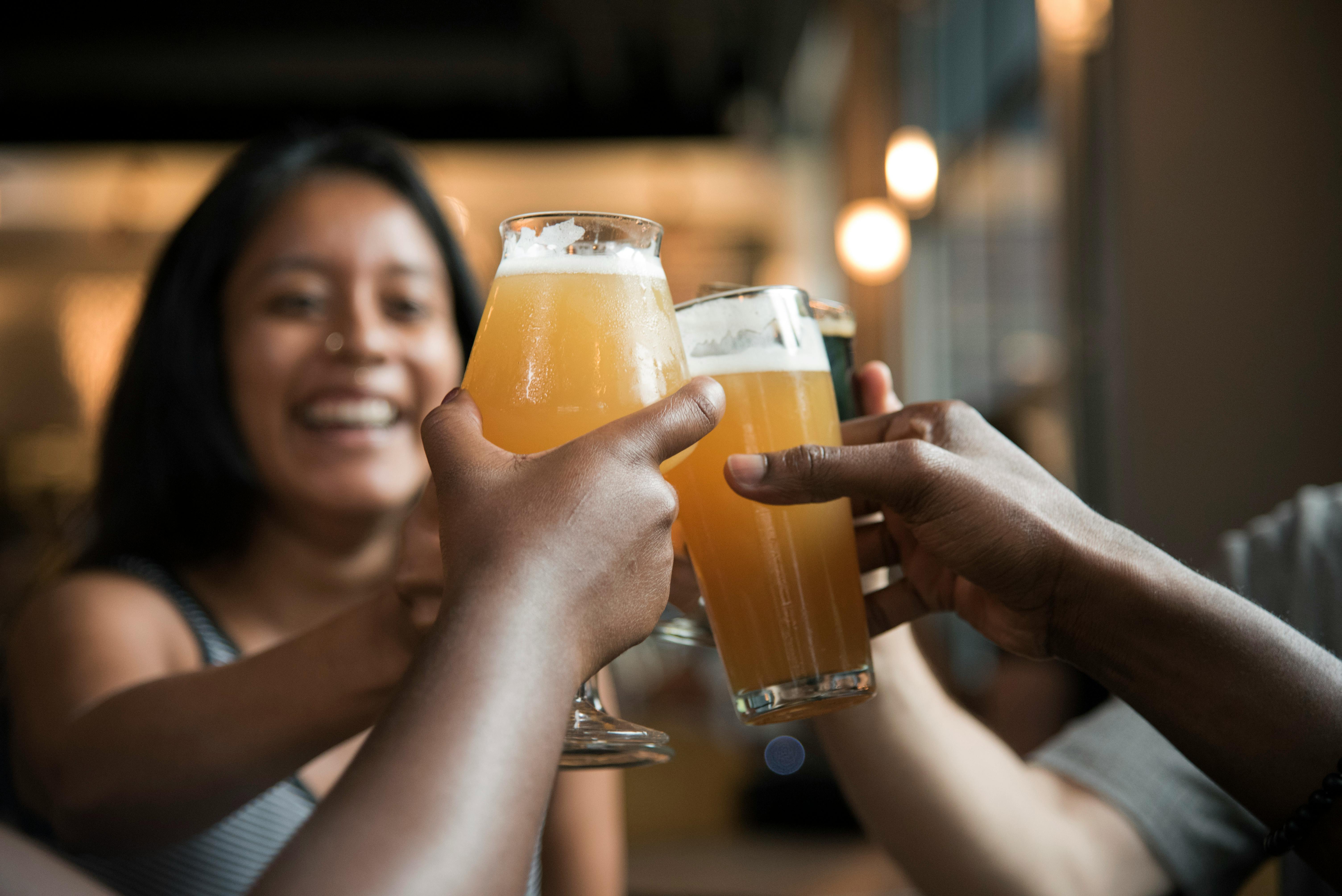
Introduction to Beer Tasting
Beer tasting is both an art and a science. Learning to properly taste and evaluate beer will enhance your appreciation of craft beer and help you identify the flavors and characteristics that appeal to you most.
The Five Steps of Beer Tasting
1. Look
Visual assessment provides important clues about the beer:
- Color: From pale straw to deep black
- Clarity: Clear, hazy, or opaque
- Head: Color, texture, and retention
- Lacing: Pattern left on glass as beer is consumed
2. Swirl
Gently swirling the beer:
- Releases aromatic compounds
- Shows body and viscosity
- Stimulates carbonation
- Warms the beer slightly
3. Smell
The aroma contributes significantly to flavor perception:
- Malt: Bread, biscuit, caramel, chocolate
- Hops: Floral, citrus, pine, herbal
- Yeast: Fruity, spicy, funky
- Other: Coffee, smoke, wood, spices
4. Taste
Take a sip and consider:
- First Impression: Initial flavors
- Mid-palate: How flavors develop
- Finish: Lingering tastes
- Basic Tastes: Sweet, sour, bitter, salty, umami
5. Feel
Mouthfeel characteristics include:
- Body: Light, medium, or full
- Carbonation: Still to highly carbonated
- Texture: Smooth, creamy, astringent
- Warmth: Alcohol presence
Common Tasting Terms
Familiarize yourself with these common descriptors:
- Clean: Free from off-flavors
- Complex: Multiple flavor layers
- Balanced: No single element dominates
- Crisp: Clean finish with high carbonation
- Robust: Full-flavored and strong
- Session: Lower alcohol, easy drinking
Tips for Better Tasting
- Use proper glassware for the style
- Serve at appropriate temperature
- Take notes to track your preferences
- Taste with others to compare perceptions
- Start with lighter beers before stronger ones
- Cleanse your palate between beers